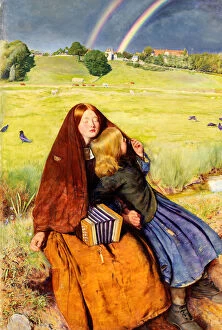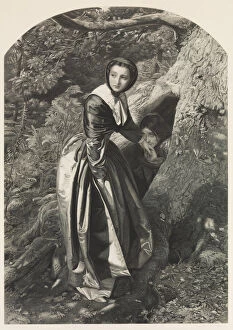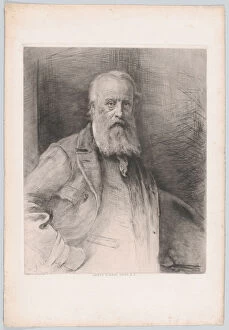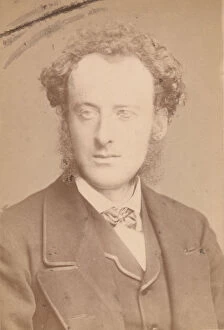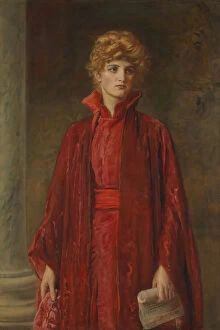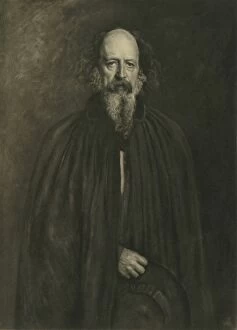Sir John Millais Collection (#2)
Sir John Millais was a renowned British artist, known for his exceptional talent and diverse range of works
For sale as Licensed Images
Choose your image, Select your licence and Download the media
Sir John Millais was a renowned British artist, known for his exceptional talent and diverse range of works. Born in 1829, he made significant contributions to the art world during the Victorian era. Some of his notable pieces include "My First Sermon" (1863) and "My Second Sermon" (1864), both showcasing his ability to capture human emotions with great precision. In 1853-1854, Millais painted a portrait of John Ruskin, an influential critic and supporter of the Pre-Raphaelite movement. This piece reflects Millais' attention to detail and mastery of portraiture. Another remarkable work by him is "The Blind Girl" (1856), which depicts a visually impaired girl surrounded by nature's beauty while highlighting themes of innocence and vulnerability. Millais also explored various subjects beyond portraits and figurative paintings. His interest in ornithology led him to create "The Ornithologist" (1885), displaying his skillful use of colors and textures on canvas. In contrast, "Wandering Thoughts" (c. 1855) portrays a contemplative woman lost in her own world, demonstrating Millais' ability to evoke introspection through art. One captivating piece that showcases Millais' attention to small details is "Only a Lock of Hair" (c. 1857-58). This oil painting on panel captures the sentimental value attached to personal mementos with delicacy and tenderness. Additionally, Millais created preparatory studies such as "Study for The Vale of Rest, " using watercolor, gouache, and gum arabic on paper before executing larger-scale compositions like this one depicting a peaceful resting place amidst nature's tranquility. Among his other notable works are "Stella" (1868), showcasing his proficiency in capturing feminine gracefulness; "Glen Birnam" (1891), exemplifying his love for landscapes; and "Victory O Lord" (1871), a powerful depiction of religious devotion.




